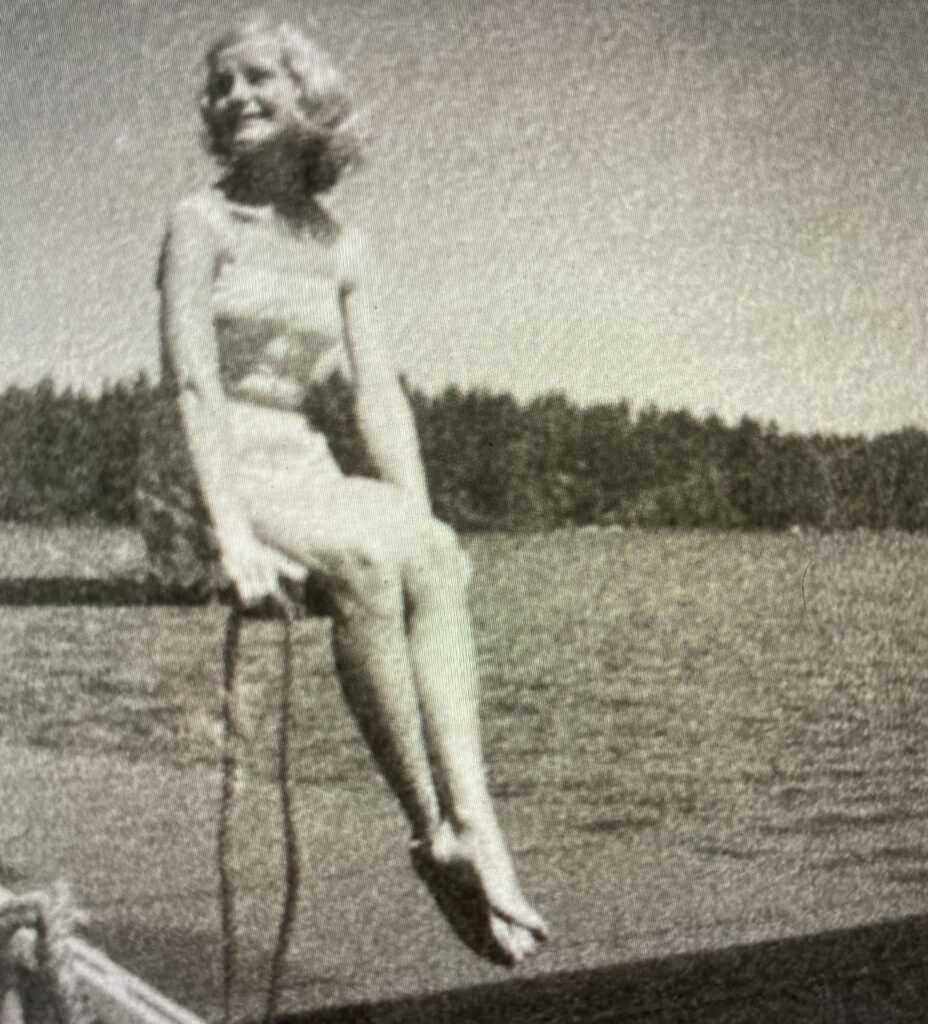In New York I knew a man who wrote a popular paperback book about a controversial Park Avenue doctor who prescribed copious amounts of “happy pills” to the stars. That book’s title, WHAT’S SO BAD ABOUT FEELING GOOD?, has come to mind lately because I’ve been asking myself a similar — but opposite — question, which I think is worth exploring: What could possibly be good about feeling bad?
My sweet, well-meaning Polly-Anna-ish women friends, whom I love, and who have been urging me for years and years to “just think happy thoughts, and all will be well,” will roll their eyes at this, but I happen to think that allowing ourselves to feel bad does have some positive benefits.
Fiery anger at injustice, for example, can be the catalyst that gets us off of our easy chairs and out into the streets to demonstrate for change. And anguish over the sight of little children being starved to death in Gaza could move us to act, in whatever way possible, on their behalf.
The recent “No Kings” demonstrations were heartening to see, to be sure. People throughout the U.S., it appears, are waking to the dangers the country – and the world – are facing today and are willing to express their strong feelings publicly. According to the ACLU (American Civil Liberties Union), more than five million people participated in over 2,100 “No Kings” rallies and protests across the nation on June 14. But even more people are needed to tip the scales, the pundits say. What’s holding us back?
Could fear of feeling bad be part of it, I wonder?
Some women tell me they’ve stopped reading and watching the news because it makes them feel bad. They don’t want to know how bad things are. It only upsets them, they say. They want to go on with their “normal” lives. They want to be happy. Fair enough. Or maybe, I think, they’re on mind-altering drugs, and they’re unable to feel bad. In which case, I feel bad for them.
I realize, of course, that such drugs may be transformative for people battling severe depression or other mental illnesses, but I suspect that in many cases psychotropic drugs have been over-prescribed — for less than medical reasons.
The antidepressant drug industry in the U.S. is big, big business. It earned $6.19 billion in 2024, with a projected rise to $8.67 billion by 2034. And white women are the largest users. According to a CDC (Centers for Disease Control) 2020 data brief, “Nearly one-quarter of American women aged 60 and over take antidepressants.”
Why, I wonder, do so many grown women need to be subdued in this way? Could it be that we older women would pose a threat to the prevailing order of things if we were freer to think and act and feel to the fullest?

(Me at 16, summer 1961)
My own experience with psychotropic drugs early on altered my life’s trajectory, and not in a good way. I was a skinny, shy, bookish, naïve, church-going, nineteen-year-old virgin from a broken home when a much older and very determined man appeared in my life uninvited and hotly pursued me to marry him. “I’ve waited all my life for you!” he claimed. “You are the answer to my prayers!”
I could not escape his pressure. I became nervous, shaky, and even thinner. My mother took me to our family doctor who prescribed tranquilizers for me that were clearly far too strong for my thin frame. On this drug I became an unfeeling zombie, out of touch with my heart’s early warnings: This isn’t right! Stop! Don’t do it!
Two years later, after that determined man abducted our beautiful, blond-haired, blue-eyed baby (the sole reason he wanted to marry me, I learned too late) and disappeared with her, law enforcement officials said to me, “Hey, lady, you married the guy!” as if I got what I deserved.
Yes, regretfully, I married him. And I’ve avoided mind- and heart-numbing drugs ever since. Every doctor I ever visited in the States for my “nervous stomach” during the more than ten years my daughter was missing was quick to reach for his prescription pad to press antidepressants on me, but I stubbornly refused.
I wanted to feel. I wanted to cry. I wanted to be clear-minded about what I could do to find my missing daughter at last. Ultimately, I put all those feelings into a visceral memoir, SOMEWHERE CHILD (Viking Press, 1981), which was the way I found her.
I don’t pretend to have the answers, especially for others. Instead, I only have countless unanswered questions. Perhaps the deeper issue lies in our cultural expectations. If we’ve been raised to expect a life of happiness and ease (as many of us Americans have been), we’ll likely do whatever we can to avoid the simple, undeniable realities: life on this spinning sphere called Earth is difficult and challenging for everyone, everywhere, and we’re all in this together.
And this denial, this fear of deep and true feelings, which, yes, might well be painful, will stand in the way of much-needed, positive change.
~ ~ ~ ~ ~ ~ ~ ~ ~ ~
To learn more about SOMEWHERE CHILD and its sequel, THE OTHER SIDE, please go to: https://www.bonnieleeblack.com .
